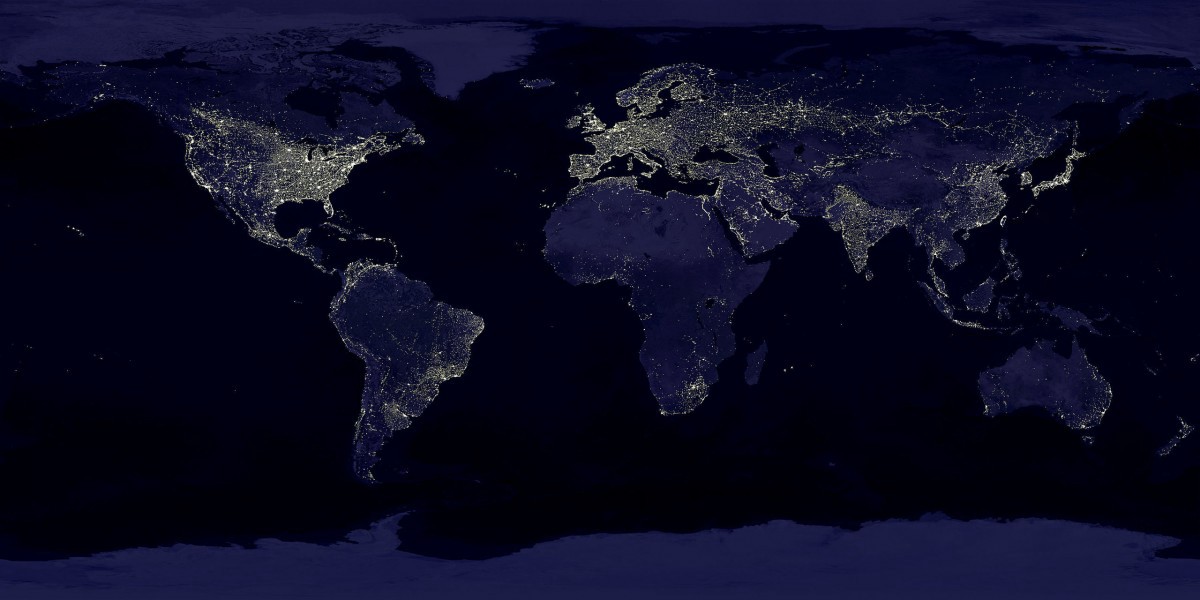
“Scan for life signs” is a well-known cliché of science fiction. How far this scan from the actual scientific methods? Could the spacecraft of the aliens to detect “signs of life” on the planet on the distant background and a noisy thermal background? Or if a reasonable civilization was looking for the same intelligent life, wouldn’t it be easier to look for a normal radio waves?
Oh, “signs of life”. Perhaps the franchise “Star trek” is responsible for this phrase: any planet, which came close, were scanned in search of signs of life. Sometimes looking for signs of intelligent life, sometimes even human (or particular alien species). Unfortunately, it is unclear what exactly they were doing, and technical reference “Star trek” has a short paragraph with technolologies explaining this process.
“Analysis of remote forms of life. A sophisticated array of charged cluster quark resonance scanners provide detailed biological data on the orbital distances. When used in conjunction with optical sensors and chemical analysis, software for analysis of life forms able to extrapolate the overall structure of the bio-form and display the main chemical composition”.
“Charged cluster quark resonance scanners” — it’s all nonsense, if by “charged cluster quark” does not mean the ordinary proton. So the method of “Star trek” have to reject. And while listening to the radio definitely works (in General, in this concentrated the lion’s share of our search for life beyond Earth), the degree of success of this method will depend on how generally spread radio (they use the radio or do you prefer to transmit information through fiber? Are they sufficiently developed for dissemination to the radio?), and the amount of time you spend on the wiretap.
People began to use radio everywhere only in 1920-ies, but until that time on the planet there were many intelligent and modern people. The SETI Institute listens to enough time — he even has a separately designated telescope. But found nothing, of course. The total number of broadcasts (and even the total capacity of the radio) has declined steadily during the decade. On the other hand, if you already have exploring the galaxy spacecraft, you can look for life that uses no radio at the moment.
We will not be able to pinpoint that here in this small town lives of 3,000 people — we can only see (with thermal imaging or other methods) the marks that life makes on the planet’s surface. We take a basis of people and the Earth because we have no other examples, but there are craters on the planet. We live in cities that are easy to distinguish, because we chop trees for their construction and light in them light at night. We build roads between cities and homes for living and working in the field.
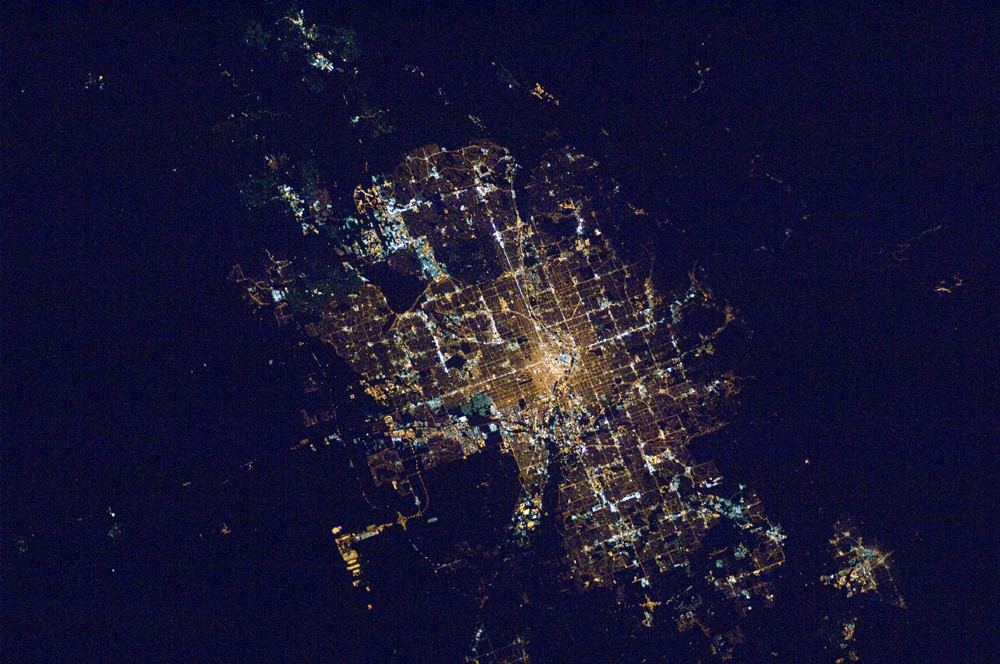
How many changes the planet’s surface, caused by people, can be seen from space — depends on the resolution of your camera. How small an object you can discern. The picture resolution depends on three things: how close you are to the subject of interest, at what wavelength you look and how many wavelengths of this light you can make out through his telescope. To compile a heat map, we look in the infrared spectrum at least with the orbit of the planet — and many can be seen in infrared?
Heat map of the planet looks like this:
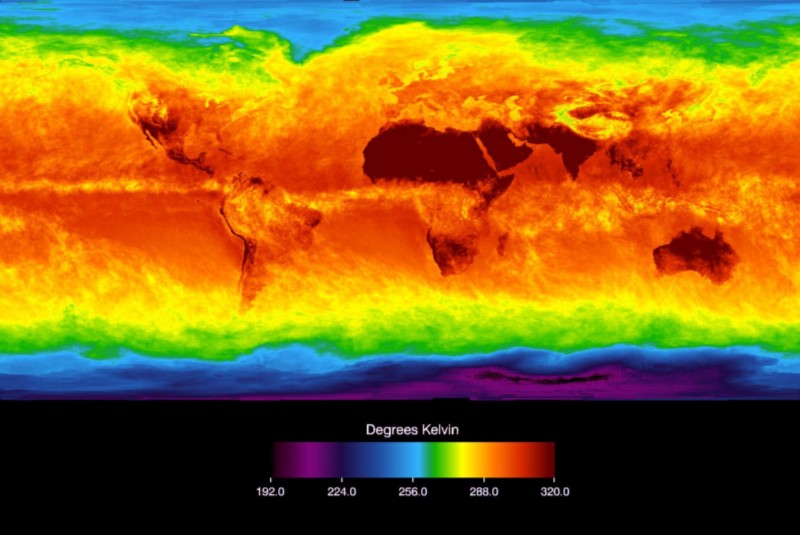
We can see in General that the poles colder and the equator warmer, but at this resolution any details not particularly recognize. Cities are not visible, not to mention individuals. This prevents the combination of the wavelength (infrared light has longer wavelength than visible, so the resolution decreases), the distance from the satellite to the planet (about 700 miles) and the size of the collecting surface of the satellite.
You can identify the city with the help of thermal measurements; if you are not in the desert, dense cities will be warmer environment — partly because we cut the trees to build the city; besides, we it lines the road absorbing the heat of the asphalt. If the city planted a lot of trees, “heat island” cities will be less obvious. The resolution of these images is approximately 30 meters is too much to discover individuals. The resolution is partly due to the diameter of the mirror on the satellite — 16 inch (not very big, but it will fit).
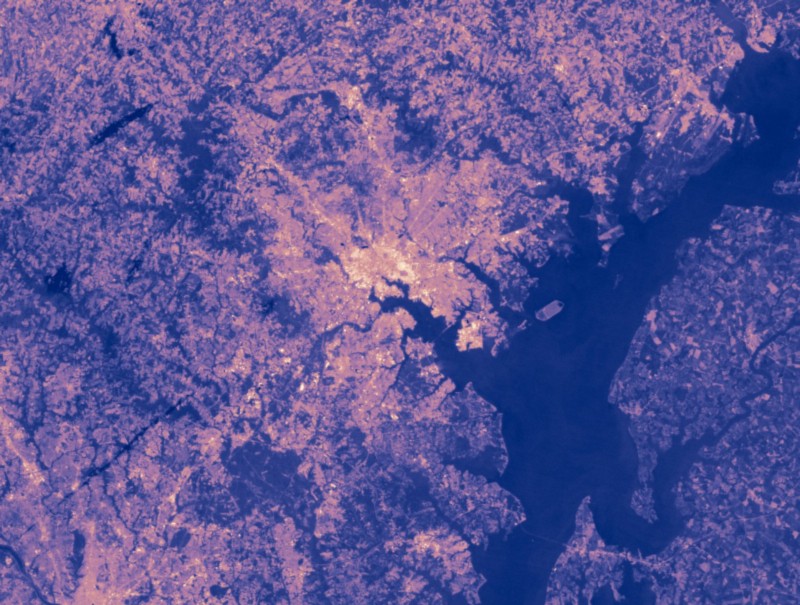
If you just need a high resolution, it is best to acquire a very large mirror and camera (increase the collection area = better resolution) or switch to the optical range, but a dense cover of clouds is in the way, in the second case. On Earth our cloud layer is not very thick, not very hot and moves from time to time, so if you wait long enough, it will be possible to discern something on the Ground, but with Venus this trick will not work.
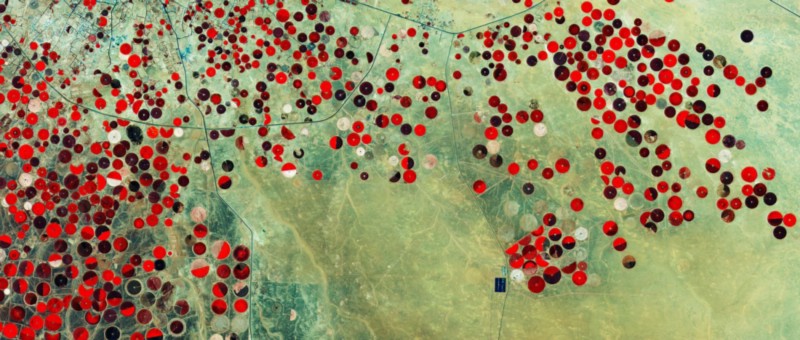
On Earth will be; commercial satellites in Earth orbit take pictures of the planet with a resolution of half a meter. (Or this resolution, with what they allow different military structures; ultra-high resolution when shooting the earth’s surface is used for military intelligence). Having optical data at high resolution, you can see geometric patterns. Perfect circles, squares, rectangles and triangles are rare in nature, so if you see a bunch of rectangles on the Earth surface, it ensures the existence of a well-planned city or a farm, that is, indicates the existence of something reasonable.
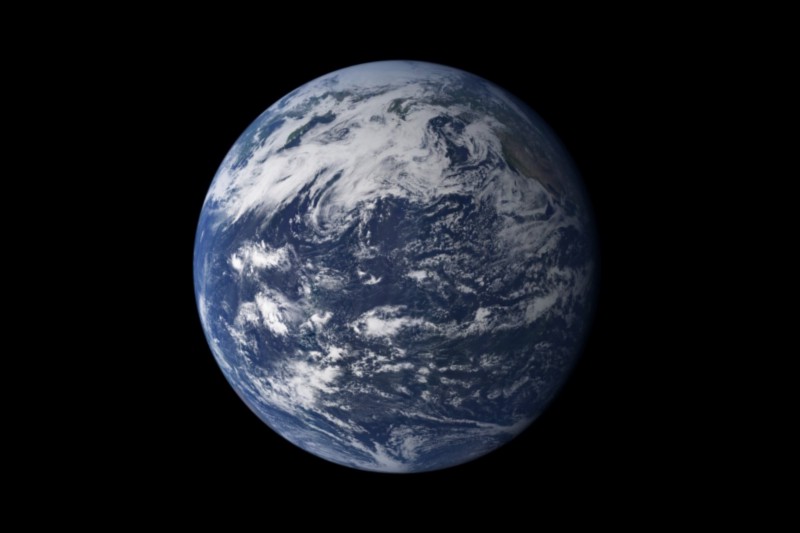
Of course, the farther you are from the planet, the harder it is to see her in the optical range is clearly not the same scan that you can spend, flying through the galaxy at high speed. To map the whole Earth with low resolution (250 to 1000 m), the MODIS instrument including four in-orbit satellites at an altitude of 130 kilometers from the Earth’s surface requires two days. So it is possible to detect signs of life on the planet on my thermal imaging camera, if you look for the city, not people, and if you are willing to wander a couple of days in orbit of the planet.
However, if you build a very large, wide-angle telescope and send it into orbit of the planet, you will be able to sort and people. Enterprise-D from Star trek had a main plate 500 meters in diameter, and its resolution was 150 times higher than the Hubble space telescope. In principle, we could make out individual people and in the infrared range, if it has collected enough light. So, if you know where to look, perhaps one day, extraterrestrial guests will find us. Or we someone.
